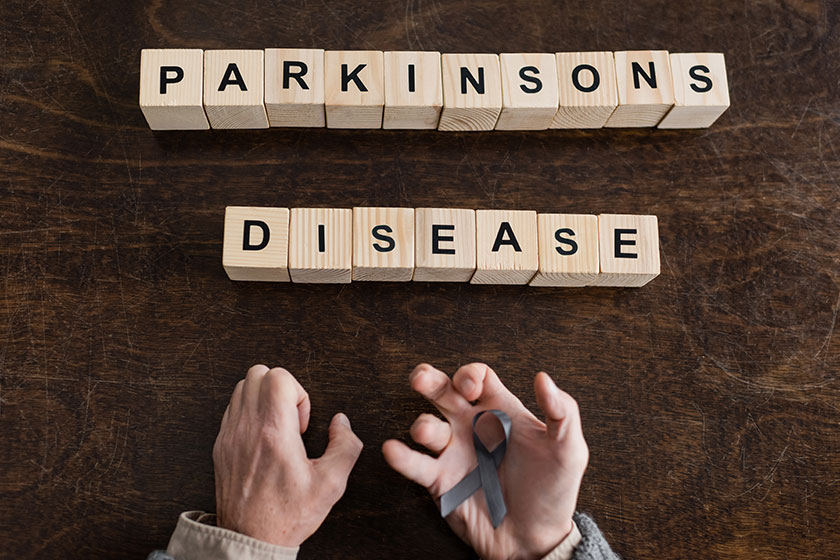Living with Parkinson’s disease can bring a range of symptoms, including hallucinations, for individuals and their families. Recognizing and managing Parkinson’s and hallucinations can greatly enhance the quality of life and offer peace of mind. This article provides valuable insights into why these experiences occur, how they can be managed, and the supportive role of a caring community.
What Are Hallucinations?
Hallucinations involve seeing, hearing, or feeling things that are not present. They can range from mild (seeing shapes or colors) to complex (seeing people or hearing voices). In the context of Parkinson’s disease, these are not just mere figments of the imagination—they are real experiences for the person affected.
Why Do Hallucinations Occur in Parkinson’s Disease?
Parkinson’s disease is primarily known for its physical symptoms, like tremors and stiffness, but it also impacts the brain’s chemistry and function. Changes in the brain associated with Parkinson’s can disrupt perception, leading to hallucinations. Additionally, certain medications used to treat the motor symptoms of Parkinson’s can also contribute to this phenomenon.
Identifying Hallucinations in Parkinson’s
Families and caregivers must recognize the signs of hallucinations in their loved ones. These might include:
- Unusual conversations or reactions to unseen environments
- Sudden alertness to nonexistent sounds
- Looking at or reaching for things that aren’t there
- Expressing beliefs or stories that are out of character
- Recognizing these signs early helps in addressing them more effectively.
Managing Hallucinations
- Medical Review: If hallucinations begin after starting or changing medication, a healthcare provider might adjust the dosage or switch medications. It’s important to consult with a healthcare professional before making any changes to medication.
- Environmental Adjustments: Creating a calm and safe environment can help reduce the occurrence of hallucinations. This includes adequate lighting, reducing clutter, and maintaining a quiet, peaceful living space.
- Supportive Communication: When a person experiences a hallucination, responding with patience and reassurance can help. Validate their feelings without reinforcing the hallucination, and gently guide them to a shared reality.
- Lifestyle and Wellness: Encouraging regular physical activity, social interaction, and mental engagement can help manage the symptoms of Parkinson’s and improve overall well-being.
- Nutritional Considerations: Maintaining a balanced diet is important in managing Parkinson’s disease. Some studies suggest that diets rich in omega-3 fatty acids and antioxidants might help support brain health and potentially reduce the frequency or intensity of hallucinations.
The Role of Supportive Communities
Living in a supportive community that understands and adapts to the needs of individuals experiencing Parkinson’s disease can be incredibly beneficial. Such communities provide a structured environment where residents can enjoy a quality of life, supported by trained professionals who offer compassionate care and robust wellness programs.
At our community, we understand the challenges that come with Parkinson’s disease, including the experience of hallucinations. We believe in providing a warm, supportive environment where every individual is respected and valued. Our approach combines personalized care strategies with community activities that promote physical health and mental well-being.
We encourage you to visit us and see how we can help you or your loved one live a fulfilling life, surrounded by care and understanding. Remember, you are not alone in this journey—we are here to support you every step of the way.







